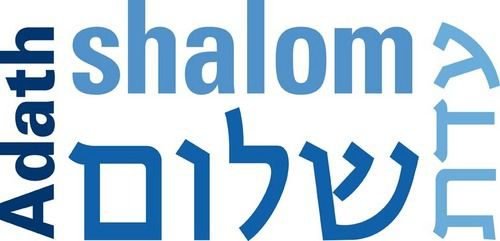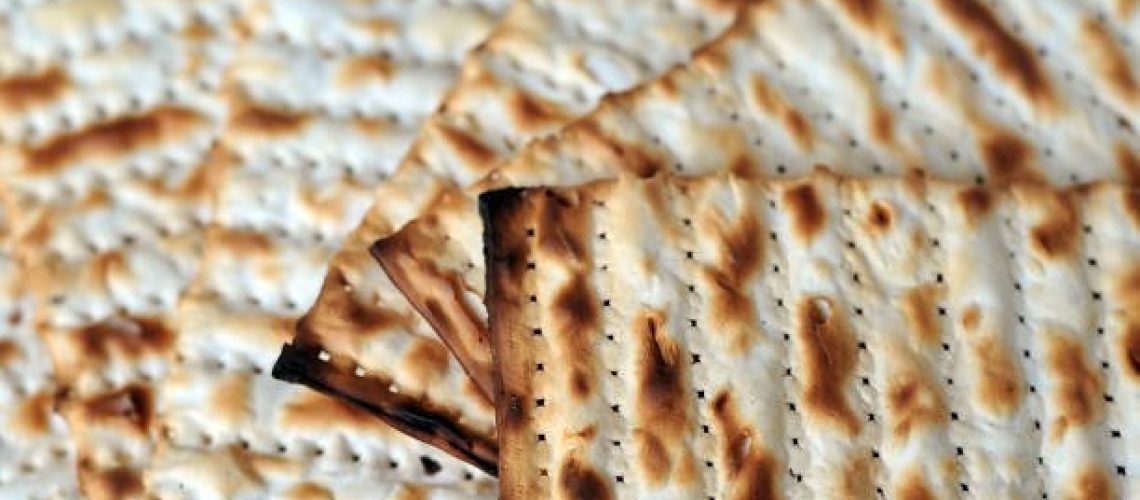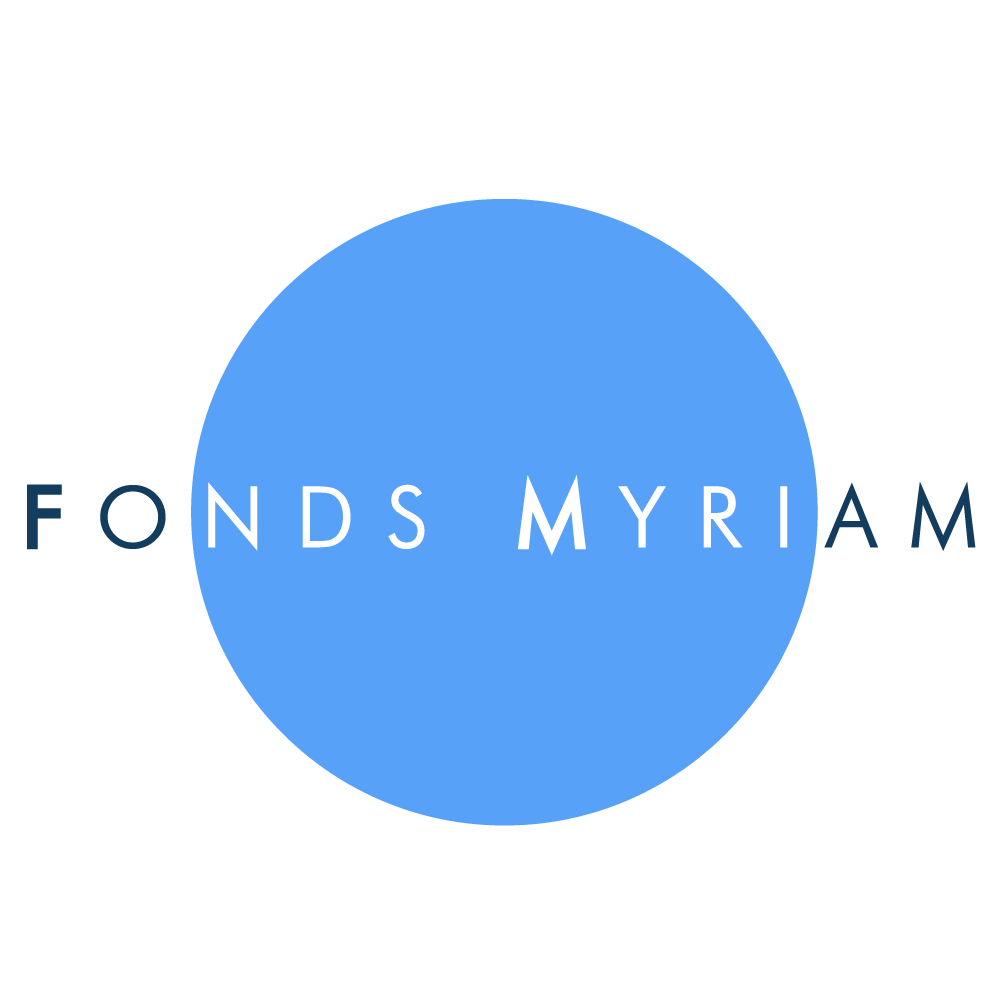On Shabbat HaGadol, Rabbi Josh Weiner reflects on the meaning of the mitzvah and eating of the matzah
We’re already some days into Pessah, and can process what happened over the last few days. There was the active elimination of hamets, there was the active telling of the story on the first night of Pessah, and the second first night of Pessah, and now we begin the time of passive acceptance of the Pessah lifestyle – we just have to avoid hamets.
To what extent do we need to be concerned about a minute quantity of hamets in our lives?
There’s a story of Rebbe Nachman of Breslov when he was young, and decided not to drink water from the well, because bread might have been dropped there. So he went to drink from the river, but then realised that maybe grains could have fallen into the water upstream. He realises in the end that there’s no end to this anxiety. He later quoted the verse:
וּשְׁמַרְתֶּ֤ם אֶת־חֻקֹּתַי֙ וְאֶת־מִשְׁפָּטַ֔י אֲשֶׁ֨ר יַעֲשֶׂ֥ה אֹתָ֛ם הָאָדָ֖ם וָחַ֣י בָּהֶ֑ם אֲנִ֖י ה
You will therefore observe my laws and my statutes, which one should do, and live by them – I am the Eternal.
Rebbe Nachman interpreted this word va’hai as an abbreviation for ולא חומרות יתרות, no unnecessary stringencies. He sees the mitzvot as a path to and a reflection of life – and calls people who only keep the outer shell of the mitzvot…. dead people. So where is the limit between keeping Pessah and living with it, and chasing hamets and performing the rituals without any vitality?
I was posed the question recently whether we can buy food in the supermarket during Pesach. In many cases, yes: food can be purchased in Franprix or wherever, without any special hekhsher or stamp, and be absolutely kosher for the festival. This is especially true for food with only one ingredient, so milk, honey, butter, most spices, some plain yoghurts – as long as we can be certain it was produced before the festival.
But what if there’s an infinitesimal amount of hamets that somehow got mixed into the production? The rabbis of the Talmud and after debate whether any inadvertent hamets is nullified in 60 times its amount before Pessah, and the Choulhan Aroukh summarises the practice as so:
אם נתערב החמץ קודם הפסח ונתבטל בס’ אינו חוזר וניעור בפסח לאסור במשהו ויש חולקים
If Hamets is mixed with sixty times its volume before Pessah, it is annulled and does not return to be significant on Pessah. But some disagree and say that it does.
Usually, when Joseph Karo writes in this way, giving two opinions, he indicates that he agrees with the first, and is just pointing out the second. So here he is saying that hamets does not חוזר וניעור, it does not ‘re-awaken’ on Pessah, it can be considered as if it was not there.
But just to make things interesting, the Achkenazi authority on the Choulhan Aroukh Rav Moche Isserlis slightly modifies this. He says that in liquids, this is indeed the case, but when there’s a solid food involved, the hamets does indeed have the power to reawaken, and a small amount can invalidate the whole mixture. He gives the example of bread that fell into wine. Even if the bread was taken out and any small crumbs that remain are indiscernible, the mixture is considered forbidden on Pessah.
I don’t want to get into all the details here, this debate between Karo and Isserlis over the reawakening of insignificant hamets is the reason that there are so many cacherout authorities today. But I would like to look at this idea of reawakening, and the fear of reawakening, from a psychological perspective.
What does it mean for a difficulty that we thought had stopped affecting us to come back to life?
It’s tempting to see this as an example of Freud’s famous Wiederkehr des Verdrängten, the return of the repressed. These are the forgotten traumas that return in dreams, in culture, in unconscious behaviour. Sometimes the trauma erupts in violence or in tears, and sometimes there can be a way of reawakening the trauma in a controlled way that allows it to be retroactively processed.
This happens in therapy of course, but there are also suggestions that rituals such as the Pessah seder have this function. The trauma of our history is brought to the forefront – the slavery, the blood, the oppression in every generation – but the story is told and acted out in a way that doesn’t overwhelm us.
We always try to figure out the meaning of these symbols in our rituals.
What does the hamets represent, what does the matsa represent, etc.?
Yet seeing the entire ritual as a way of dealing with intergenerational trauma frames the question in a different way. The matsa and maror don’t represent in the sense that object X means concept Y. They re-present, they present once again something that was. In the past I studied the different traditional meanings of the matsa: a representation of the sacrifice, the bread of poverty, or the mind of God accoridng to the kabbalists.
But in the Talmud, another explanation is given for this lehem ‘oni: לחם שעונים עליו דברים הרבה. A meal that encourages us to give many answers, to find the meanings and project them onto the food that we eat. In other words, the matzah doesn’t mean any one thing; it’s a floating signifier, it allows a re-presentation of what needs to be discussed. The small talk during the seder meal, in between the recitations of the texts, might have been the most important part!
What answers did the matsa encourage us to give in the past days, what questions were asked and what were the discussions about?
Certainly, the political situation in Israel, the situation in France, the war in Ukraine, if these situations touch us deeply then they were spoken about at Pessah – we could not help but notice that everything, every object and every story reminds us of the contemporary situation. We let the ritual symbols work, in order to make sense of our past and of our present, in order to know how to move forward to the future.
Shabbat Shalom.




